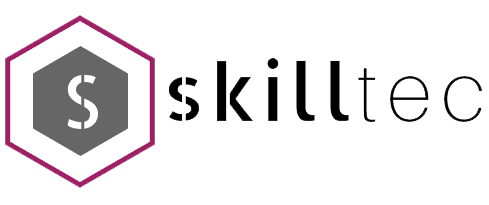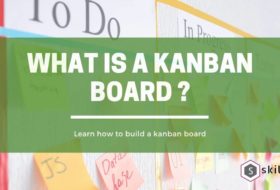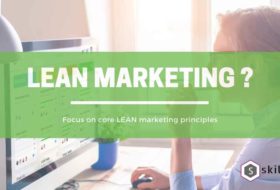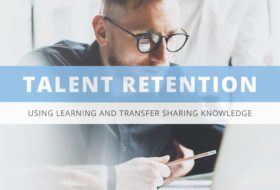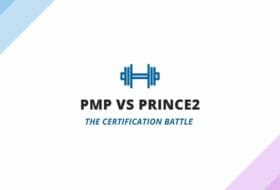What’s on the horizon for your learning business this year? What trends will impact you in 2019? We’ve put together the following infographic to communicate what learning businesses have told us their 6 most important focus areas are for 2019. Read on below it for background and for information on how to get the summary data from the survey behind the infographic.
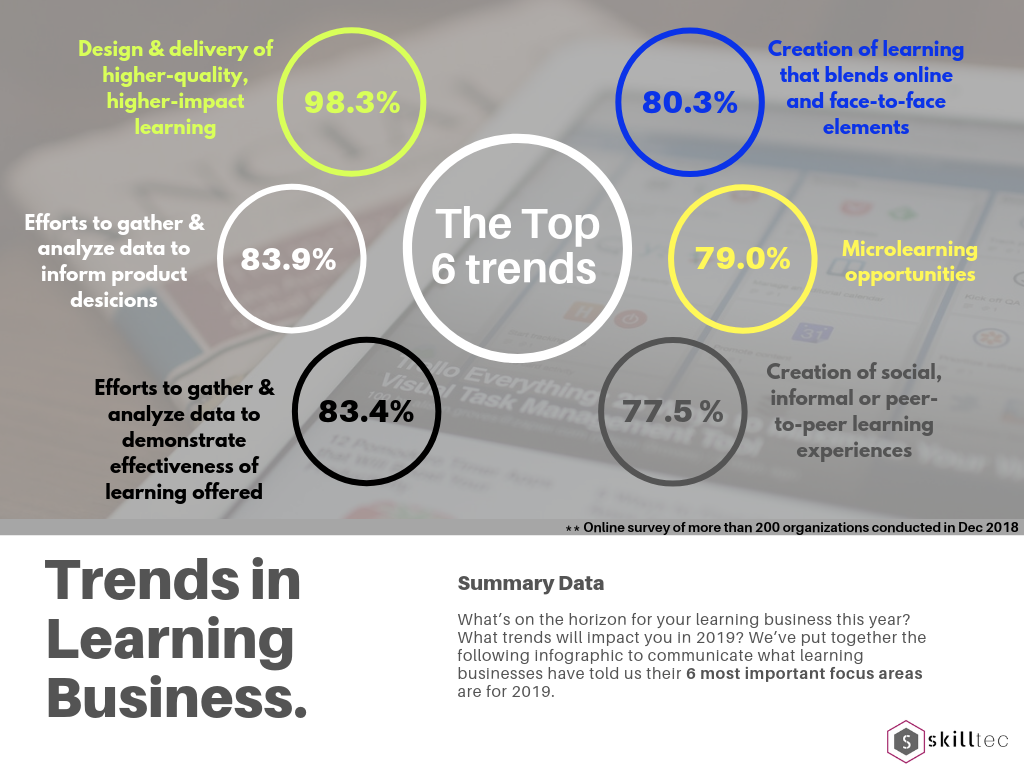
The trends we offer are based in data. We took a modified crowdsourcing approach. We reached out to thoughtful, smart people, practitioners and experts, those working in learning businesses—trade and professional associations, training companies, continuing education programs at colleges and universities, and solo edupreneurs—and the vendors and consultants working with them asking about trends. (Thanks to all who took time to reply to our request for thoughts on trends!)
Folding in our own observations and thoughts, based on the experience of our team and network, we arrived at a list of 15 areas to ask about in a broadly distributed online survey. We received responses from more than 200 organizations in November and December 2018. (Thanks to all who took time to respond to the survey!)
Top 6 Trends for 2019
To rank the trends, we grouped responses from folks already pursing that area and those planning to in 2019. So the top 6 trends reflect what’s been picking up speed and will continue to build this year.
As the infographic above shows, over three-quarters of learning businesses—those organizations that provide lifelong learning, continuing education, and professional development to professional learners—are already working in the following 6 areas or will be tackling them in 2019.
- Design and delivery of higher-quality or higher-impact learning experiences
- Increased efforts to gather and analyze data to inform new product decisions or improve existing products
- Increased efforts to gather and analyze data that demonstrates the impact or effectiveness of the learning experiences we offer
- Creation of learning experiences that blend online elements with face-to-face elements
- Microlearning opportunities
- Creation of social, informal, or peer-to-peer learning experiences
The Backdrop to the Trends
While we believe these trends are important and instructive, it’s worth looking at the backdrop for these trends, a backdrop that will continue to have an impact and shape organizations in the business of lifelong learning.
The changing nature of work has created new education challenges and opportunities, and longer lifespans increase the need for ongoing learning. The old economy paradigm (in which people spent the first couple of decades of their life learning how to do something in school, then got a job, worked their way up the career ladder, and retired) has been replaced by a paradigm in which learning is integral throughout life—we learn, we work, we go learn more, we apply it on the job, we go learn again, we put it to work on the job, on and on. And retirement is no longer the norm. We remain engaged longer in large part because our life expectancy has gone up dramatically, meaning there’s a longer span of time in which we need learning.
It’s important to note that this new reality has an undercurrent of insecurity as jobs are outsourced, off-shored, or replaced by machines—whether that means robots or artificial intelligence. We know that most people are going to shift jobs multiple times during their careers—12 times on average—and roughly a third of US workforce (nearly 54 million people) now work as freelancers. These are people who don’t have a corporate training department to support them. A majority of the rest of the workforce works in small businesses, most of which give limited if any support to the lifelong learning of their employees.
We’ve traditionally had well defined early and higher education systems that have supported the old model of work and learning, but we’re seeing a much more defined third sector of education emerge to support the new paradigm. This sector has always been there, of course, but it’s starting to get a lot more attention.
There is a wide range of different learning businesses that serve what we call the “other 60 years”—a rough estimate of the period between the end of formal education and the end of life for most people. The traditional players, like trade and professional associations, have been joined by a flood of start-up, Edtech, and learning platforms.
Competition in that third sector of education has picked up significantly. We can see this pretty readily by taking a quick look at the classic “five forces” of competitive strategy model developed by Harvard professor Michael Porter.
- We’ve certainly seen a rise in competition among existing competitors, the traditional players.
- We’re seeing the bargaining power of buyers rise as decision makers (learners, of course, but also employers) have more options to choose from and have rapidly evolving expectations.
- We’re seeing new entrants—commercial firms, niche Edtech start-ups, and edupreneurs—complicate the market, almost at a dotcom-days level.
- The bargaining power of suppliers is going up. For many learning businesses, subject matter experts are key suppliers, and, like your buyers, these people now have new options and expectations.
- Finally, there is a growing range of substitutes for traditional education out there. Increasingly, attending an event or course is far from the first option that prospective learners consider.
Looking toward the future, the main take-away is that all these factors seem bound to increase for the foreseeable future, meaning the learning landscape will remain incredibly competitive.
Locally the CH jobmarket place will remain competitive which may bring increased demand for learning, training, and re-skilling, but we’re also likely to see increased cost sensitivity as training budgets for both organizations and individuals get trimmed. In general, the economic forecast suggests that being able to run a high-performing, lean learning business will be more important than ever in 2019.
